01 Jan 2023 A home for visionaries
By Vivian Lawson Hogue
Upon his retirement in about 1870, a gentleman from Connecticut stepped down from the Little Rock/Fort Smith train for the last time and into the prairie then known as Conway Station. Asa Peter Hosmer Robinson, later called the “Father of Conway,” had apparently fallen in love with the area as he passed through it many times in his railroad engineering career. It is said that upon his retirement he chose a 640-acre section of land rather than a final salary. Not many people would set foot on a mile-square piece of land and set out to build a town.
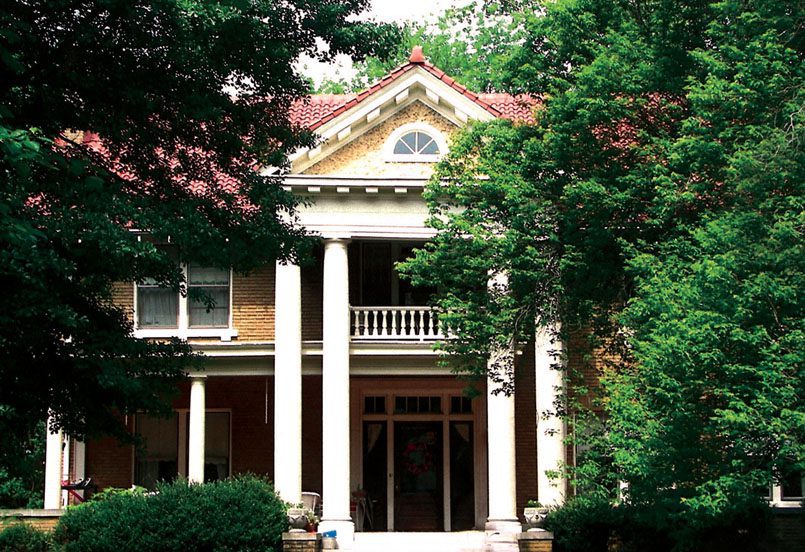
With his first wife deceased, his daughter in New York, and his son studying engineering, Asa married a Canadian, Mary Louise De St. Louis. He had adopted this forested prairie of clay soil where the population was currently a few families living among groves of elm, pine, locust, chestnut and oak trees. His respect for animal life and forest growth is reflected in his naming the first streets for them. He would build his 320-acre fenced property, “Prairie Vue,” facing the railroad where he could conveniently wave to the trains from his porch.
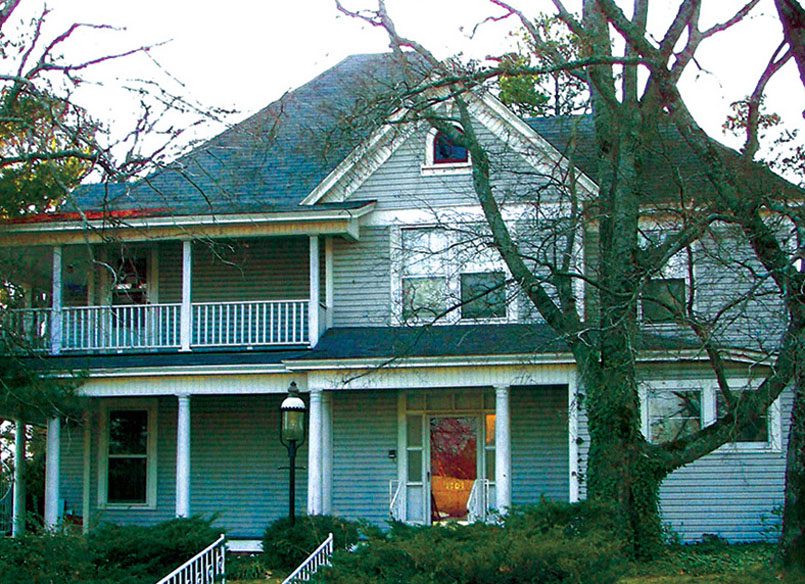
As Robinson donated land for the courthouse, schools and churches, the area became a magnet for others eager to live a new, quieter life after the Civil War. “Carpetbaggers” from the northern states often came south to exploit southern reconstruction efforts for personal gain, leaving when they got their pockets filled. However, there were also men who brought their families to the south with the purpose of settling down after war-torn times. Men from other southern states and small Arkansas communities also came to stay for employment and educational opportunities. Many showed their intentions to remain as residents by building homes with trending styles not common to the area.
Our city was fortunate to have a variety of talents to arrive with those residents and their new architectural styles. Many of the homes still exist; some have been razed for small, private businesses, rental structures or parking lots.
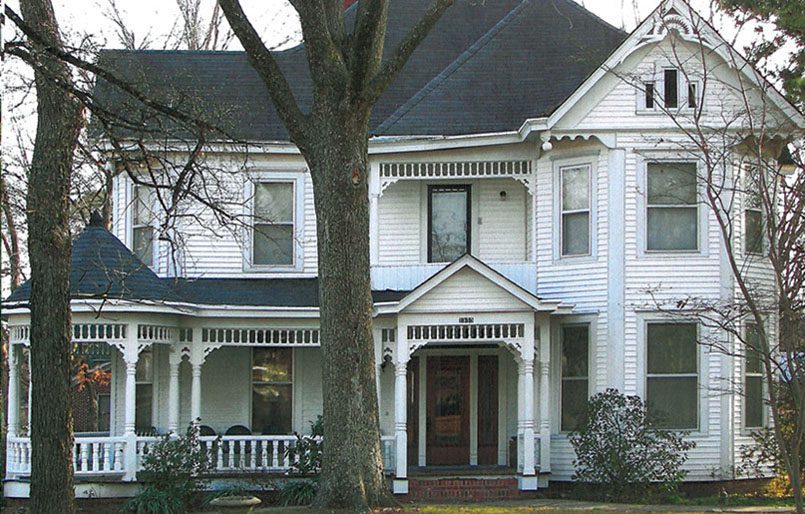
Attorney P.H. Prince arrived in 1872 and built the first brick home in Conway, a Gothic Revival example at 1712 Prince Street. Daniel Harton’s family was originally North Carolinian; a later Conway resident, he built an eclectic (blending of styles) home and founded a mercantile business. Adam Franklin Kuykendall’s ancestors were immigrants from Holland when they came to America in 1694. His well-recognized two-story home at 1701 Donaghey was once considered outside the city limits.
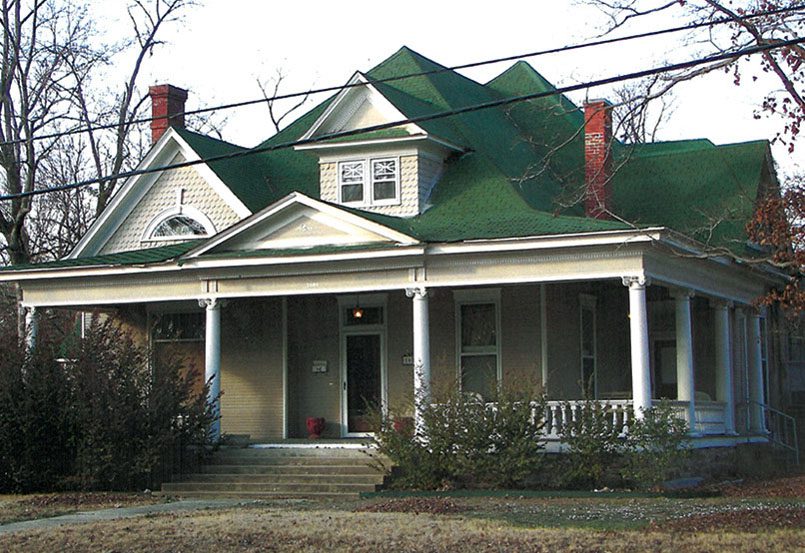
Attorney Reuben Robins’s ancestors moved westward from Virginia, finally settling in Faulkner County. His Spanish/Mediterranean Revival home at 508 Locust Avenue has long been unoccupied. The James Gist home at 1604 Caldwell was once known for its four sugar maple trees, given to Gist by former Conway resident Governor George Donaghey. Frank Urban Halter arrived with his family from Canton, Ohio. As an adult, he built the high-style Queen Anne home at 1355 College Avenue.
Other examples of architecture are the Dutch Colonial Revival home at 1817 Bruce Street; the J. E. Little Craftsman/Neoclassical mansion at 427 Western Avenue; the Frauenthal mansion at 631 Western Avenue; and the Moore Harton Prairie/American Foursquare home at 1807 Robinson Avenue. Our only example of French Colonial architecture was razed, as was the Simms’s Prairie/American home on Donaghey and others that I now call “ghost houses.” I see what is there now, but still see mental images of the homes that once existed.
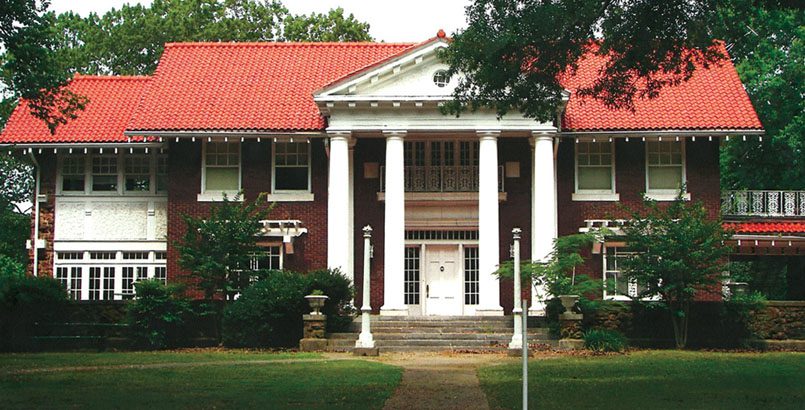
There are 11 Conway homes listed on the National Register of Historic Places. Besides the aforementioned homes, there are also examples of Craftsman, New England Saltbox, Airplane Bungalow, Tudor Revival and English Revival. From a time when everyone was a newcomer to today, we can be thankful our city forefathers provided Old Conway’s tree-lined streets, impressive homes and sacrifices made not just for their time, but for the long term.
- And that’s what Christmas is really all about - December 2, 2025
- Giving thanks - November 4, 2025
- Giving up was not an option - September 30, 2025








